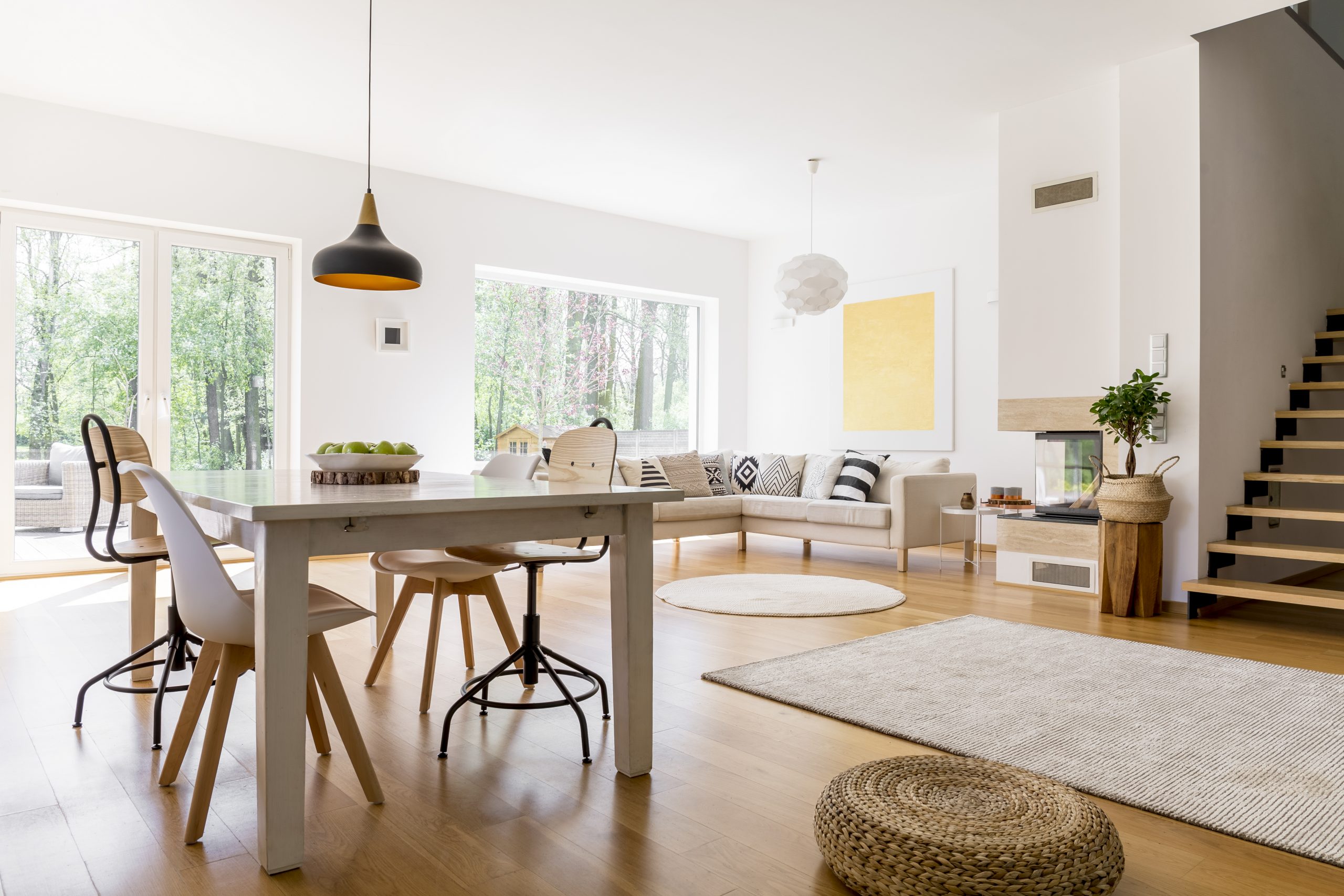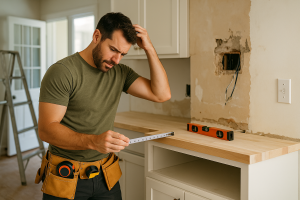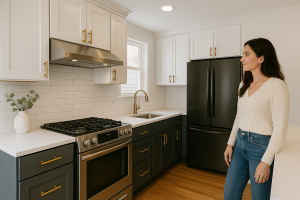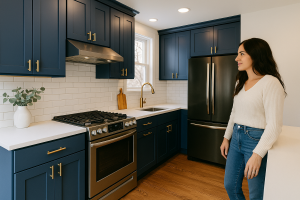Designing for Mental Well-Being: How Interior Architecture Shapes Emotional Health

Your home is more than a shelter—it’s a living system that interacts with your mood, your focus, and your peace of mind. The way a space is designed has a direct impact on mental well-being, and that’s where interior architecture becomes not just aesthetic, but essential. From material selection to spatial layout, every element plays a role in how we feel, think, and function.
- Lighting That Elevates the Mood
Light is one of the most powerful tools in design psychology. Exposure to natural light regulates our circadian rhythms and enhances serotonin production, which contributes to improved mood and energy. Thoughtful placement of windows, skylights, and even reflective surfaces can increase access to daylight. In areas with limited sunlight, opt for layered lighting plans that balance ambient, task, and accent lighting—always choose dimmable, IP-rated fixtures in bathrooms and other humid zones for a more relaxing, adaptable experience. - Colors That Speak to the Soul
Color psychology is more than a trend—it’s a science-backed way to support emotional well-being. Soft blues and greens evoke calm, while warm neutrals bring comfort and grounding. Bold colors, when used intentionally, can energize and uplift. The key is balance: use rich hues as accents against neutral backdrops, or choose monochromatic schemes in tonal variations to maintain harmony. - Spatial Flow and Emotional Ease
Open, intuitive layouts reduce visual clutter and mental overload. A well-designed floor plan encourages ease of movement and eliminates unnecessary barriers—both physical and emotional. For example, connecting the kitchen to the living space with wide, unobstructed walkways promotes sociability and relaxation. Consider using sliding partitions or transparent dividers to create flexible zones without sacrificing light or openness. - Texture and Material for Sensory Wellness
What we touch impacts how we feel. Natural materials like wood, stone, and linen connect us to nature and offer tactile comfort. Incorporating a variety of textures—smooth countertops, soft textiles, woven accents—adds depth and interest while satisfying our sensory needs. Aim for eco-conscious finishes that are non-toxic and low in VOCs to support both environmental and emotional wellness. - Biophilic Elements That Nurture
Humans are hardwired to respond positively to nature. Integrating biophilic design—through indoor plants, water features, or organic shapes—can lower stress and boost cognitive function. Even architectural details inspired by natural forms, such as arched doorways or curved edges, can evoke a sense of calm. - Personalization as Emotional Anchoring
Spaces that reflect your personality make you feel seen and safe. Whether it’s artwork, heirlooms, or signature colors, weaving in personal elements fosters a deeper emotional connection to your home. Design becomes more than beauty—it becomes belonging. - Sound, Silence, and Acoustics
Acoustic design is often overlooked, yet critical. Soft materials like upholstered furniture, rugs, and acoustic panels can reduce noise and create serene environments. For households with open layouts or high ceilings, sound absorption becomes even more vital to maintain peace and focus.
When interior architecture is aligned with emotional well-being, homes become sanctuaries—spaces that energize, soothe, and inspire. Every material, every layout, every detail is an opportunity to design for a healthier, happier life.
Tags :
Share :
Latest Post

Common Remodeling Mistakes (and How to Avoid Them Like a Pro)
20 November, 2025
No Comments

🛠️ Mixing Metals in the Kitchen: A Guide to Modern, Functional Design
13 November, 2025
No Comments

Steal-Worthy Kitchen Transformations: Inspiration from Real Renovations
7 November, 2025
No Comments

Home Renovations That Can Lower Your Resale Value—And How to Avoid Them
5 November, 2025
No Comments
